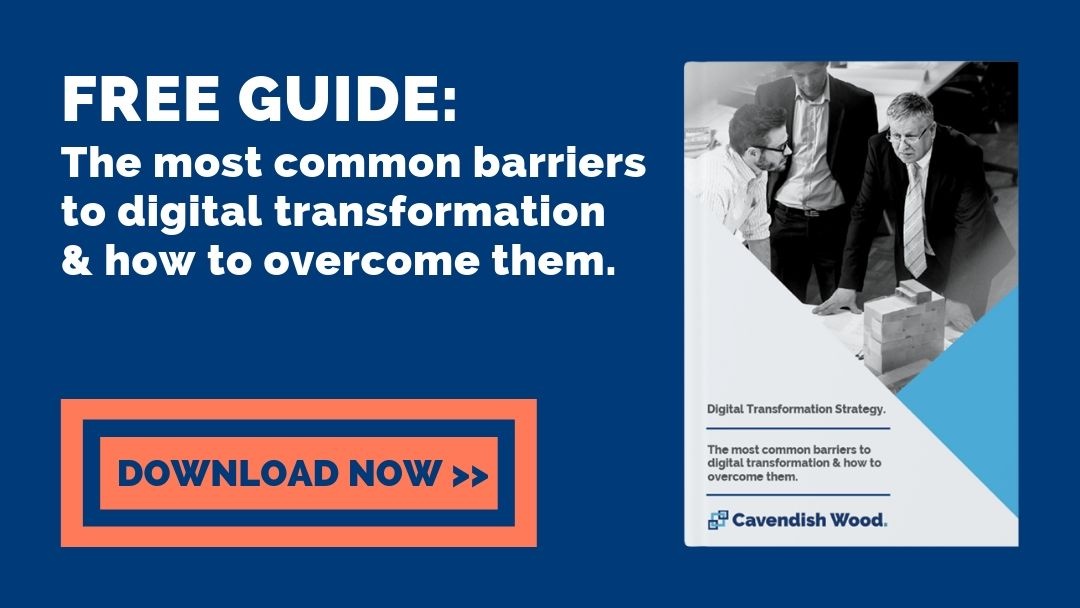
Perception is everything, and this is especially true when it comes to your customers’ experience of dealing with your company, product and service. Research conducted by Bain & Company showed that 80% of the companies that took part in a survey believed their customers’ experience was great. Only 8% of customers agreed with them!
This shows how important it is for companies to focus attention on improving the customer experience. By doing so, you can also improve your customer lifestyle, increase customer loyalty, and build strong customer relationships in the long term.
1. What customer experience is.
Customer experience (CX), is the way your customers usually view their overall experience with your brand, product or service. It isn’t based on just one or two dealings with you; rather, it grows out of all the touch points, which are the times they connect with you. Whatever you do affects your customers’ perceptions of your company, and their decision on whether to keep coming back, or not.
Your customer experience strategy includes everything from the customer finding their way around your website to talking to your customer service team on the telephone, the condition in which they get their deliveries from you, and the accuracy of your invoicing.
Many causes of bad customer experiences are employee-related, such as team members not understanding the customers’ needs, customer-facing employees who are rude or angry in their interactions with the public, and service delivery that is too automated or impersonal. Add to this any unsolved problems and long wait times to get a delivery or response, and you have a list of all the most common complaints customers give.
Customers seldom return to a company after having had a bad experience, so creating a great CX is key to your success. This takes a strong customer experience strategy, based on:
- high quality experience data about the customer journey
- in-depth knowledge of who your customer is
- deep understanding of customer expectations, and
- a genuine desire to deliver a superior customer experience.
In terms of the modern idea of CX, this includes all the digital methods you offer them to engage with and buy from you.
2. Why you need a customer experience strategy.
Most successful companies and organisations know that they are in the customer experience business, including Amazon, Disney, and the U.S. Air Force, which makes use of complex technology to deliver close air support for any ground troops taking fire. It’s easy, by comparison, to spot companies that are not in tune with a CX approach.
The U.S. taxi industry is a good example of this, according to McKinsey, and that is likely why it is facing such stiff competition from ride-sharing services like Uber and Lyft. To succeed in delivering a great customer experience, you need to design a clear, detailed customer experience strategy template that ensures whoever fleshes it out directly addresses the company’s needs.

It’s important to find out what your company’s appetite is for change in the short term, before you start out on a massive project. Companies only interested in making minor tweaks are unlikely to benefit, if what they really need is a customer experience strategy that completely revamps their operations. You’ll also need to establish the ways you can achieve a competitive advantage against other companies, because at least some of them are likely doing the same thing. You also need to be able to answer questions such as:
- How do you develop and implement a CX strategy using best practices?
- How will doing so affect your business?
- At what point in the process should you aim to have a real impact?
- Are your staff generally capable of providing the experience you want to deliver?
- What can a customer experience strategy do for you?
- Who else is doing it and what does it involve?
Developing a sound CX strategy that answers these questions will improve your company’s ability to deliver unique customer experiences, which will help you to stand out in your market. When your employees know and understand what those unique experiences can mean, they’ll want to achieve them, and this will give energy and a “human” side to your strategy.
3. Methods of understanding your customers.
“Knowing” your customers and target audience doesn’t end with knowing who they are. Most companies start out with a general idea of their market demographics—age groups, income brackets, geographical locations, lifestyle, education, sports and interests—and this information is very useful at a basic level. When it comes to developing your customer experience strategy, however, you need to go far beyond this degree of intelligence. To truly understand the customer well enough, it helps to:
- Profile the types of customers your customer support teams deal with on a daily basis. Ask your teams for insights and map these against the existing data you have, so you can form complete pictures of clients the team has dealt with. Look for trends and patterns to see if there are common issues you can address that will resolve a problem for past and future customers.
- Investigate and understand the “gap” between the needs and wants of your customers and what they actually experience when they deal with you. Companies that often fall short of their customers’ expectations might find their marketing materials or their sales crew are overpromising the benefits of their product or service. When you know whether you’re answering the actual needs your audience has, instead of the perceived needs, you’ll be able to improve the customer experience by tailoring your communications to deliver the right messages.
- Determine whether you’re connecting with your customers emotionally. Examine your history of customer interactions to see what information you have about their behaviour, transactions and touch points. Look at the other channels your firm uses to connect with clients, and how popular they are. Evaluate the number of successful interactions on each channel, to find out whether some channels help you achieve a more positive customer experience than others.

When you have gathered all this information, use it to develop better customer personas that will drive digital transformation and increase repeat business. This process needs to include engaged employees if it is to result in a company-wide understanding of your approach to customer service.
Every employee and each section of the company must use the same language, agree fully with each other and involve everyone in the customer experience design process.
4. Options for developing a great customer experience strategy.
Research shows that by 2020 the quality of a company’s customer experience management will bypass product and pricing as a unique selling point. That’s less than a year away, so improving your customer centricity now is critical if you want to keep a competitive advantage over other firms in your industry.
Start by developing a digital customer experience strategy, based on actionable insights you get from customer feedback and combined with your overall business strategy.
#1: Map the journey.
Once you’ve gathered the data and created your customer personas, you can move into the customer experience design stage.

This involves mapping the journey your customers face as they move through your buying cycle. From the first time you engage customers via your website or other channels, this journey follows the user experience to create a picture of the actions users take, based on their emotions and beliefs.
In addition to understanding the customer, you’ll need to develop plans that are in line with your various stakeholders, such as cross-departmental leaders, customers and bystanders.
#2: Develop the plan.
In keeping with customer experience strategy best practices, start by setting goals and objectives you want to achieve by picturing what you want customers to think and feel during their experience with you. Focus on the biggest issues, which will generate the best return on your efforts, and figure out what you need to do implement solutions.
If you are using a professional business consultant to facilitate the process, s/he might have other methodologies they prefer. It’s practical to consider whether the suggested methodology has delivered good results for companies in similar industries to yours.
#3: Identify the tools.
To implement a digital customer experience strategy you’ll need to use various software and hardware tools. These will likely include identifying good helpdesk software, marketing software, a CRM program and an instant or live chat option. In 2018, Bain & Company evaluated 20 tools and found the top 3 being adopted were:
- Predictive analytics, which describes, anticipates and improves customer interactions, which has improved the accuracy rate of demand forecasts by between 30% and 40% per day. This allows companies to save money by adjusting staffing levels, inventory, procurement patterns and financial cycles.
- Sensors (in both products and operations), which have a wide range of uses including supply chains, warehouses, and the internet of things. Firms manufacturing technology use sensors in production processes, for example. Telecommunications carriers use them in their mobile signal towers, and retailers in their inventory control systems. The use of sensors enables devices to act according to customers’ preferred wishes without supervision, which helps to improve CX and result in a satisfied customer.
- Personalisation of users’ experiences, through the use of recommendation software, artificial intelligence and machine learning.
By defining your customer experience strategy, developing a viable plan, and putting in place the right tools, you can create a great customer experience and lead your business to success.
5. Tactics for implementing your CX strategies.
The proof of the putting is in the eating, so the best CX strategies need to be rolled out according to careful planning if they are to succeed. You’ll need to take into account the people and their goals, the departments involved and their objectives, the company culture and the financial situation.
Set up a specific time frame for the roll-out, and develop a project plan to follow. Share your plan by distributing a customer experience strategy PDF or provide viewings of your customer experience strategy PPT (PowerPoint) presentation, and give staff members the opportunity to ask questions. This will help them to understand the process and get to grips with what you expect from them.

Train your employees in the use of the new methods and tools, and give them time to practice using them before you expect them to do it publicly. Engage all your employees across departments and manage their doubts and concerns about digital disruption, job security, and the learning of new skills. Make sure the staff know how they’ll benefit from the changes, and position the customer experience strategy as an essential part of every employee’s job description.
6. Measuring customer experience success.
There are many different customer experience metrics that provide you with ways to determine the effectiveness of your CX strategy. One of these is the net promoter score (NPS), which is an index from minus 100 to 100 that measures how willing your customers are to recommend your products or services to others. The NPS is also used to rate the customer's overall satisfaction and to find out if a customer is loyal to the brand. Other customer experience metrics include the customer satisfaction score (CSAT) and customer effort score, the customer churn rate, retention rate, and customer lifetime value (CLV).
One of the tools in your CX technology stack should be software that you can use to collect and analyse feedback easily and turn it into data. By collecting real-time feedback from customers using software and social media and combining it with other data, you can see at a glance whether the needs and wishes of your users are being met. You can also monitor the progress of your customer experience strategy for potential problems in the customer journey.
After rolling out your strategy and then collecting and monitoring feedback and results, you will see your company becoming a more customer centric organisation. Spend time reviewing your progress to see how you can reduce churn further and continue to improve CX through ongoing efforts.

